First of all, think about what you really appreciate and feel good about - look for inspiration and put together a mood board. Schedule a free interior design counselling to exchange ideas and find different solutions that fit or can be adapted to the floor plan. Don't be in too much of a hurry, but rather let the interior design evolve as you arrive at what you really want. Borrowed furniture or flea market finds work great while you save up for your dream piece of furniture or figure out what you really want. Think of creating your dream home as an ongoing process. It has to take its time!
Decorate vertically and horizontally
When floor space is limited, it is important to use the space on the walls. Storage in the form of shelves, bags och hooks There's no such thing as too much when you're living small. Place floor-to-ceiling shelves or decorate forgotten spaces - such as the wall space above the door moulding, behind the door or above the bed.

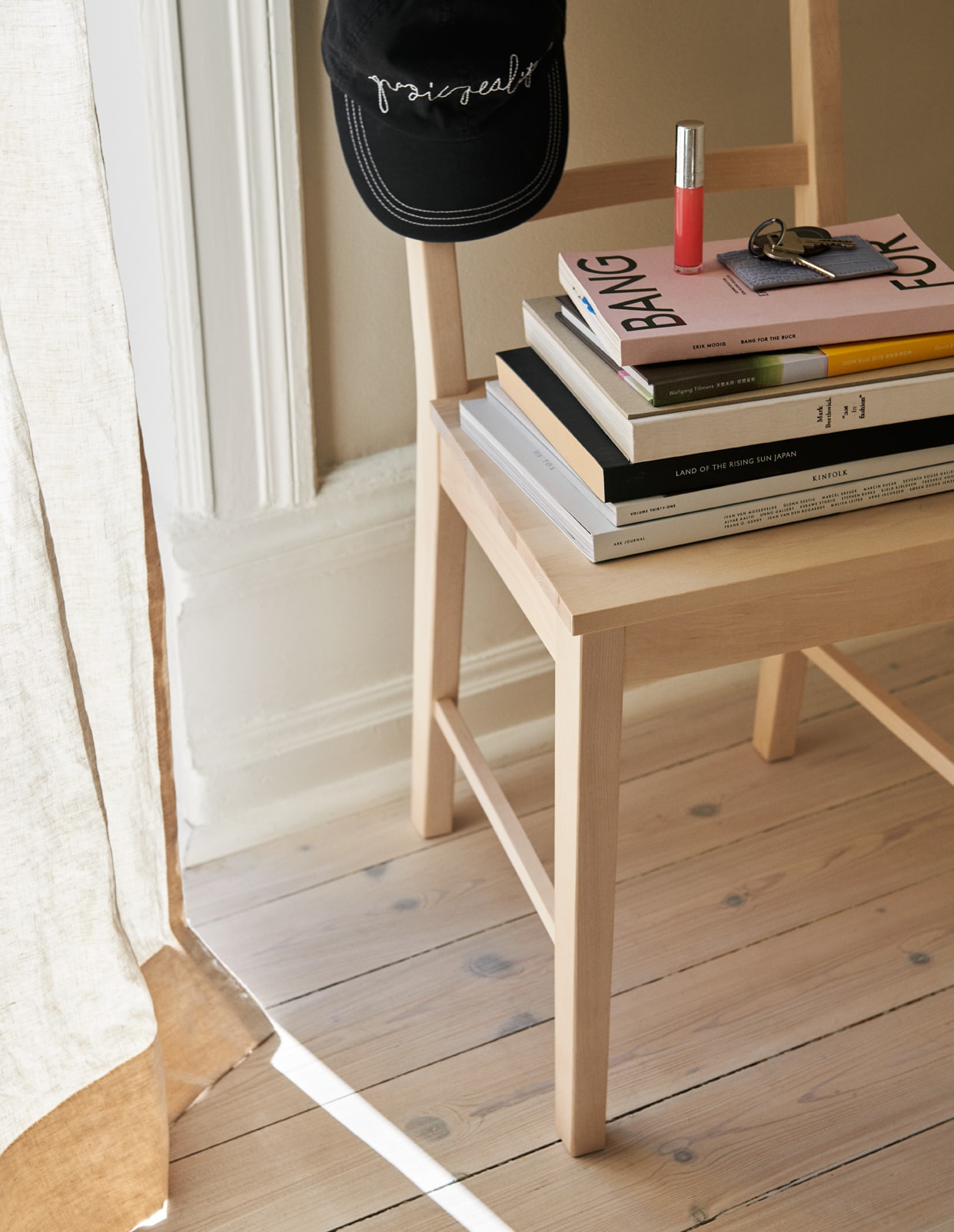

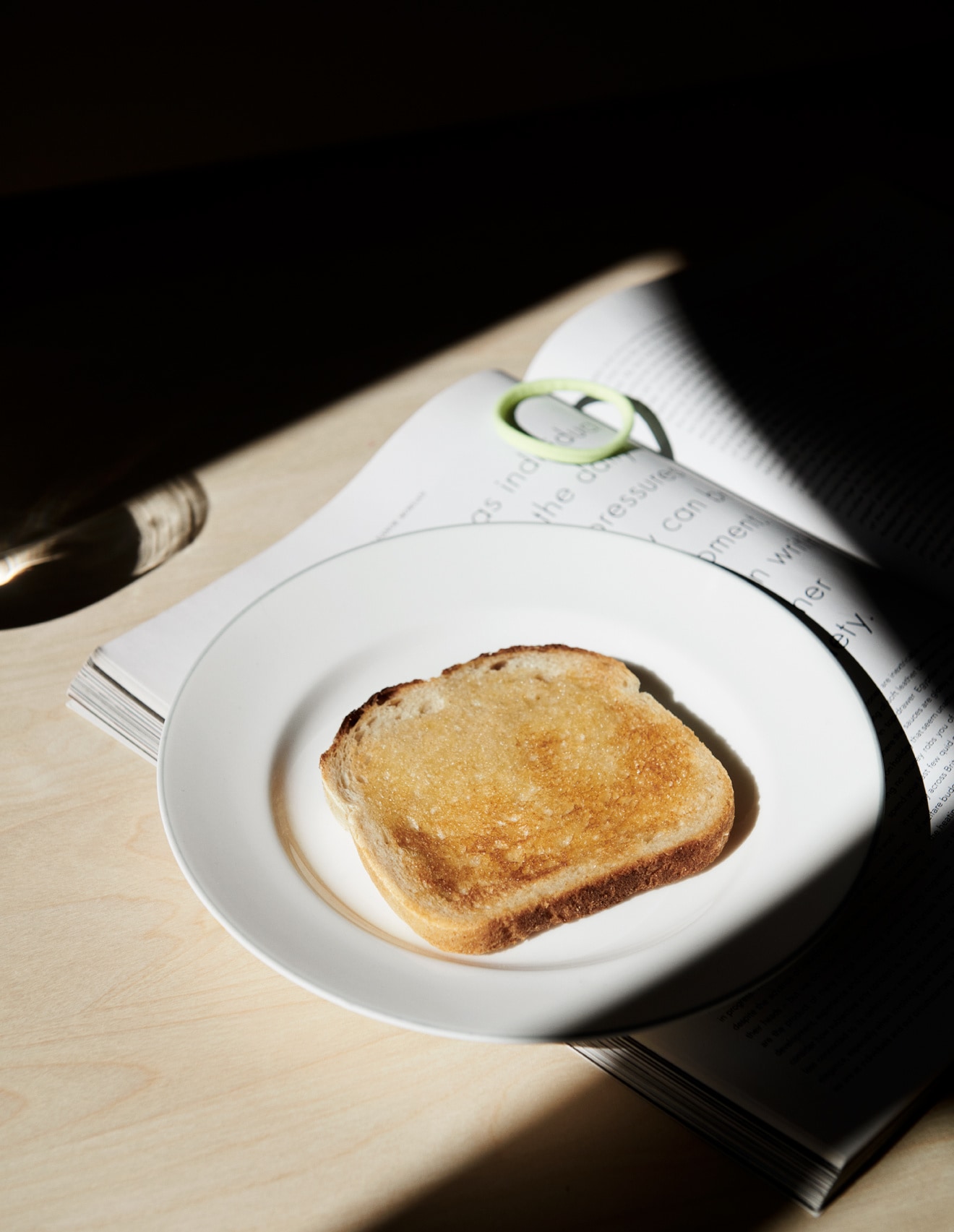

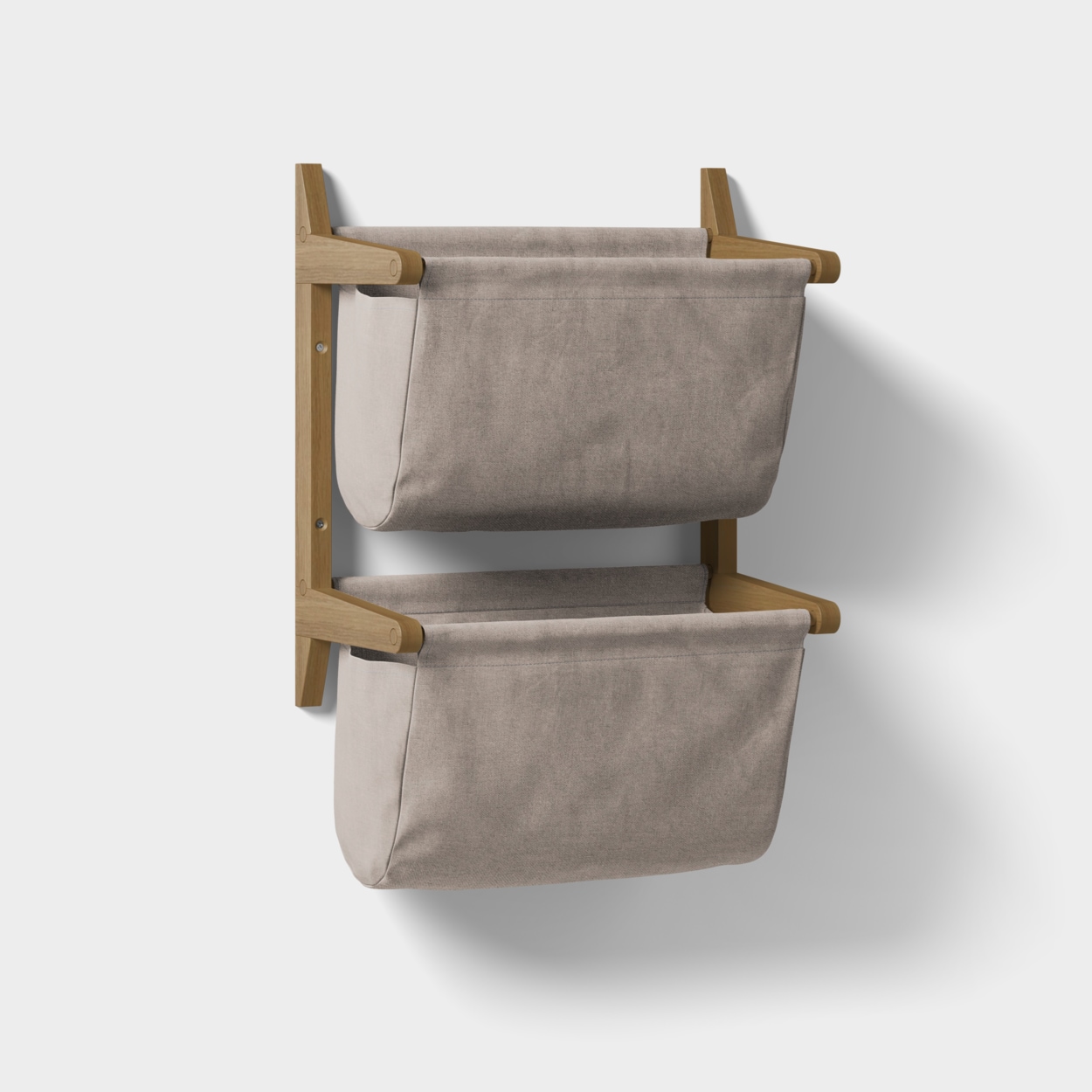

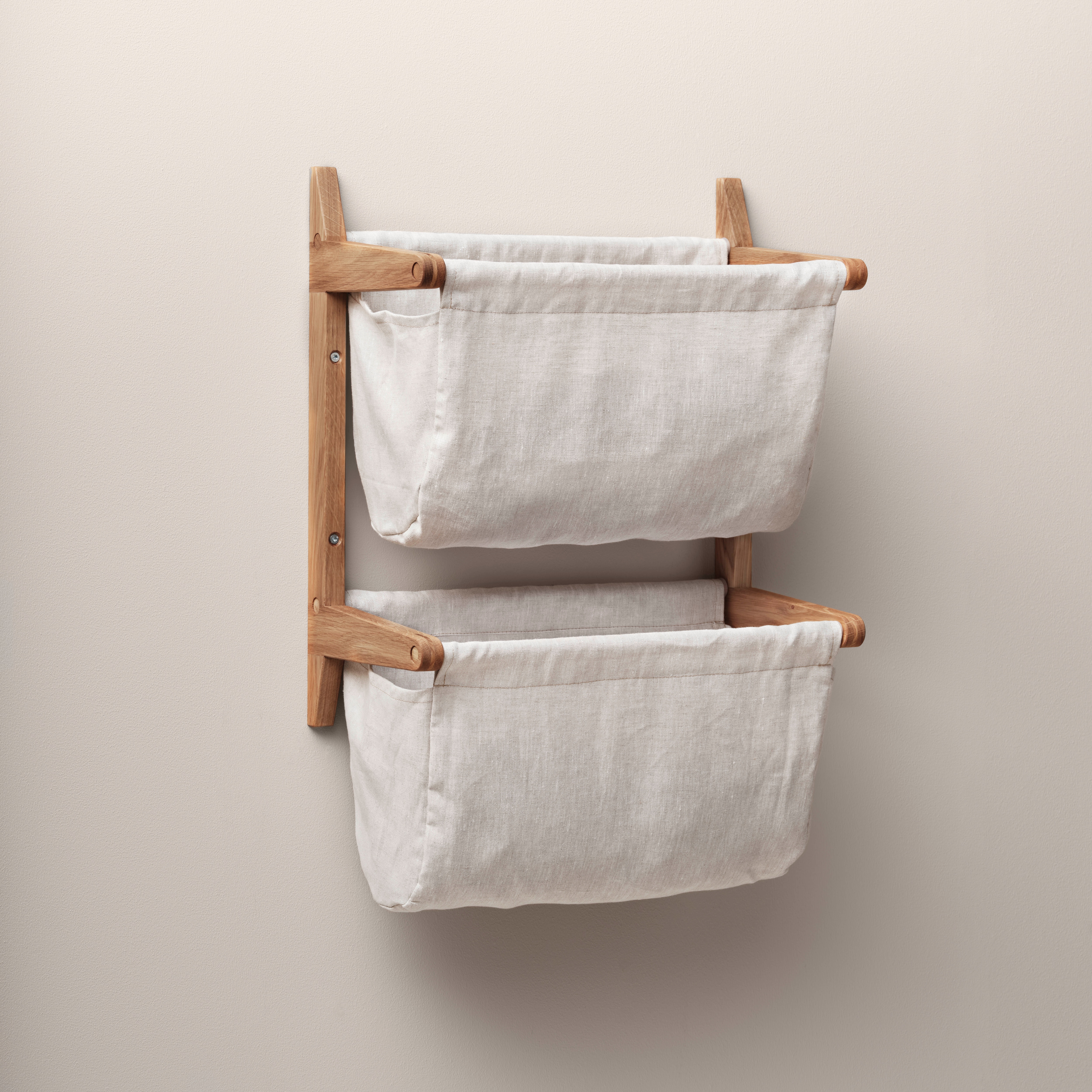





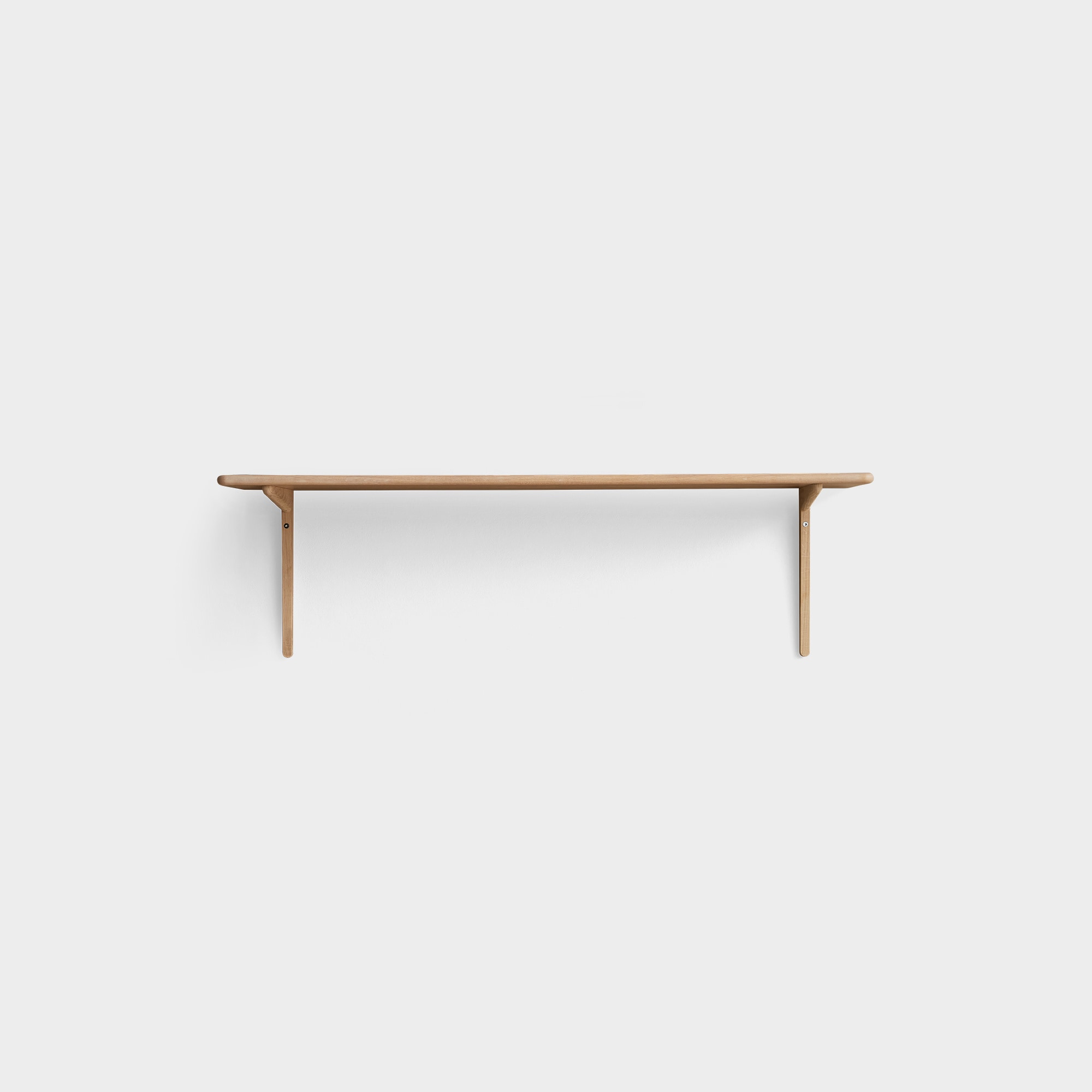

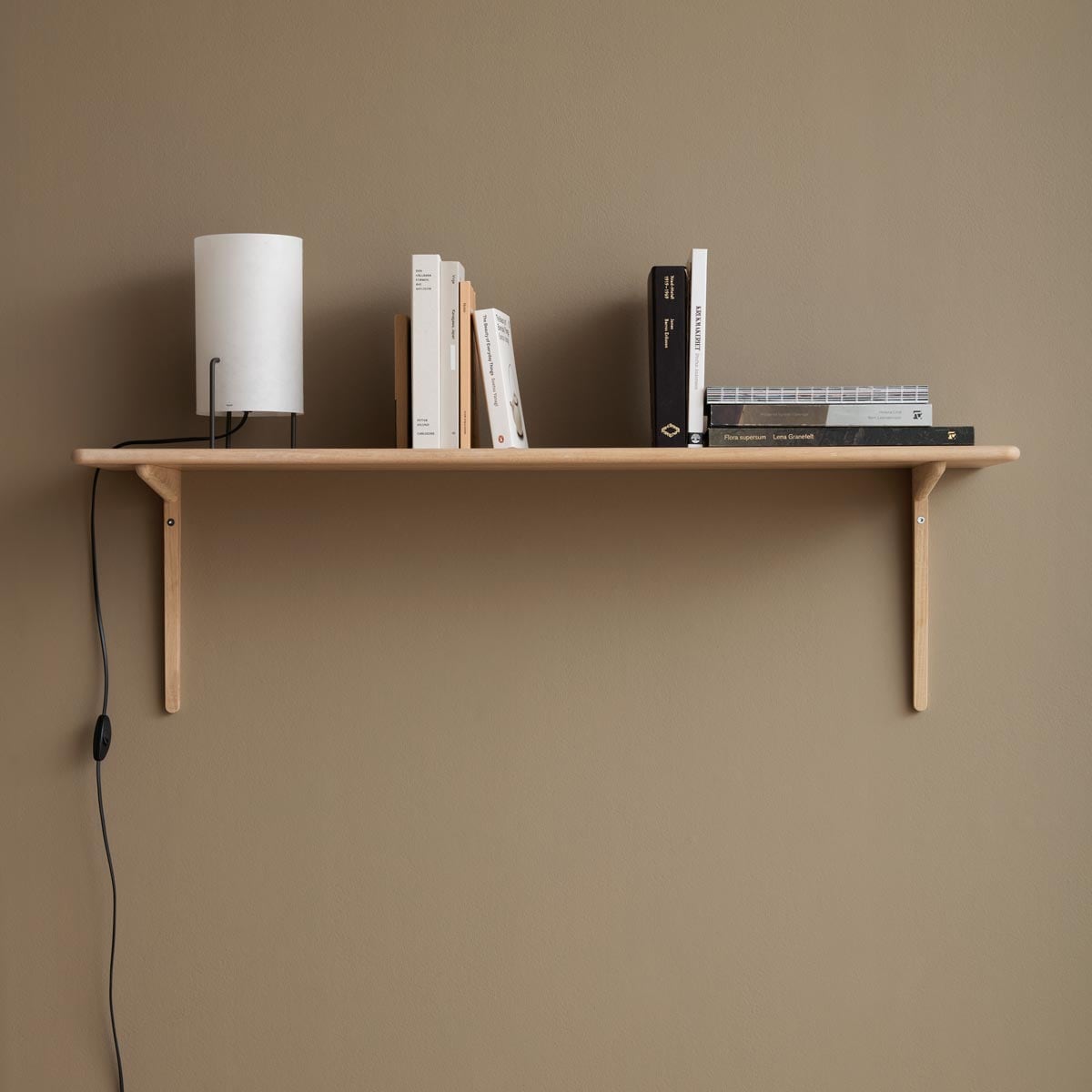

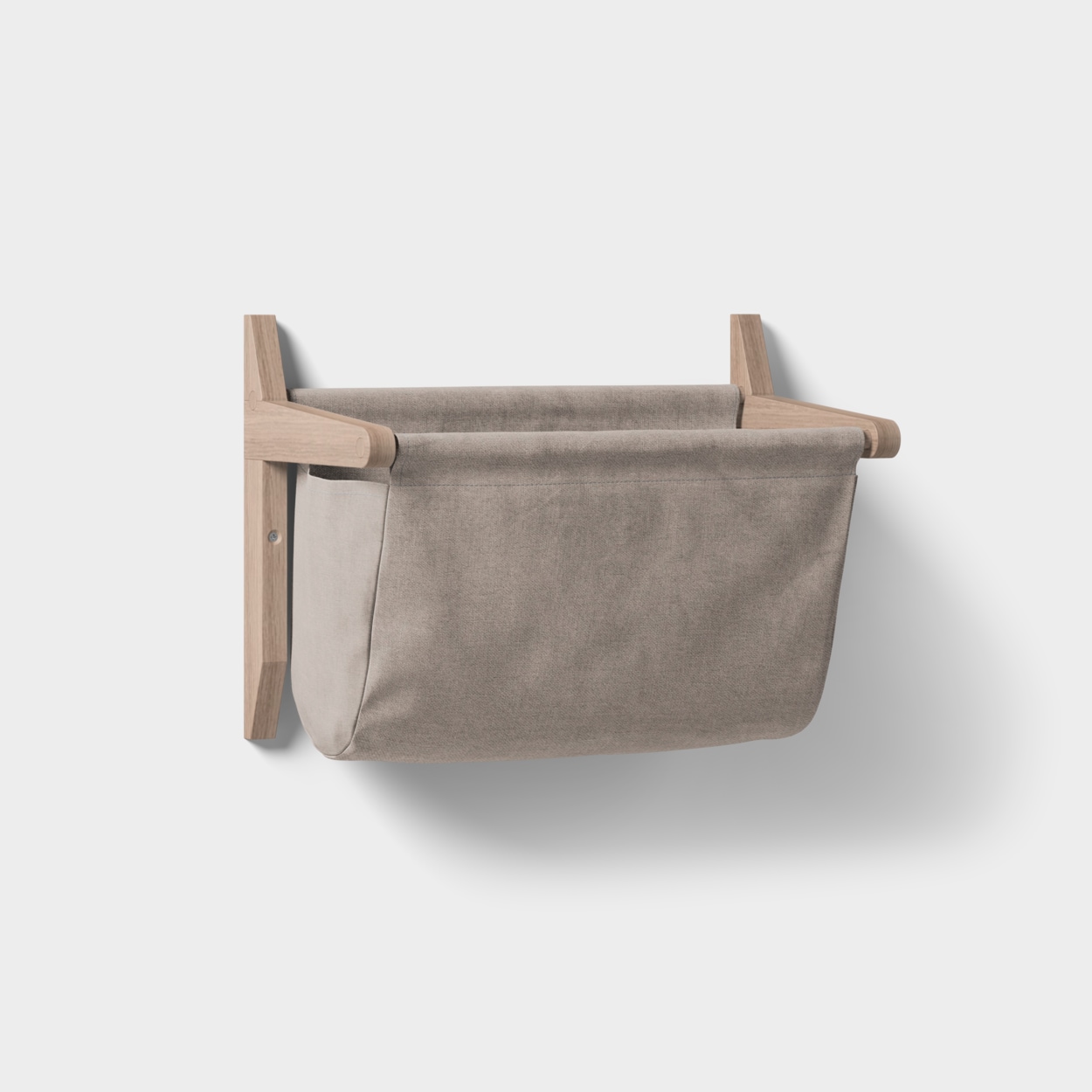

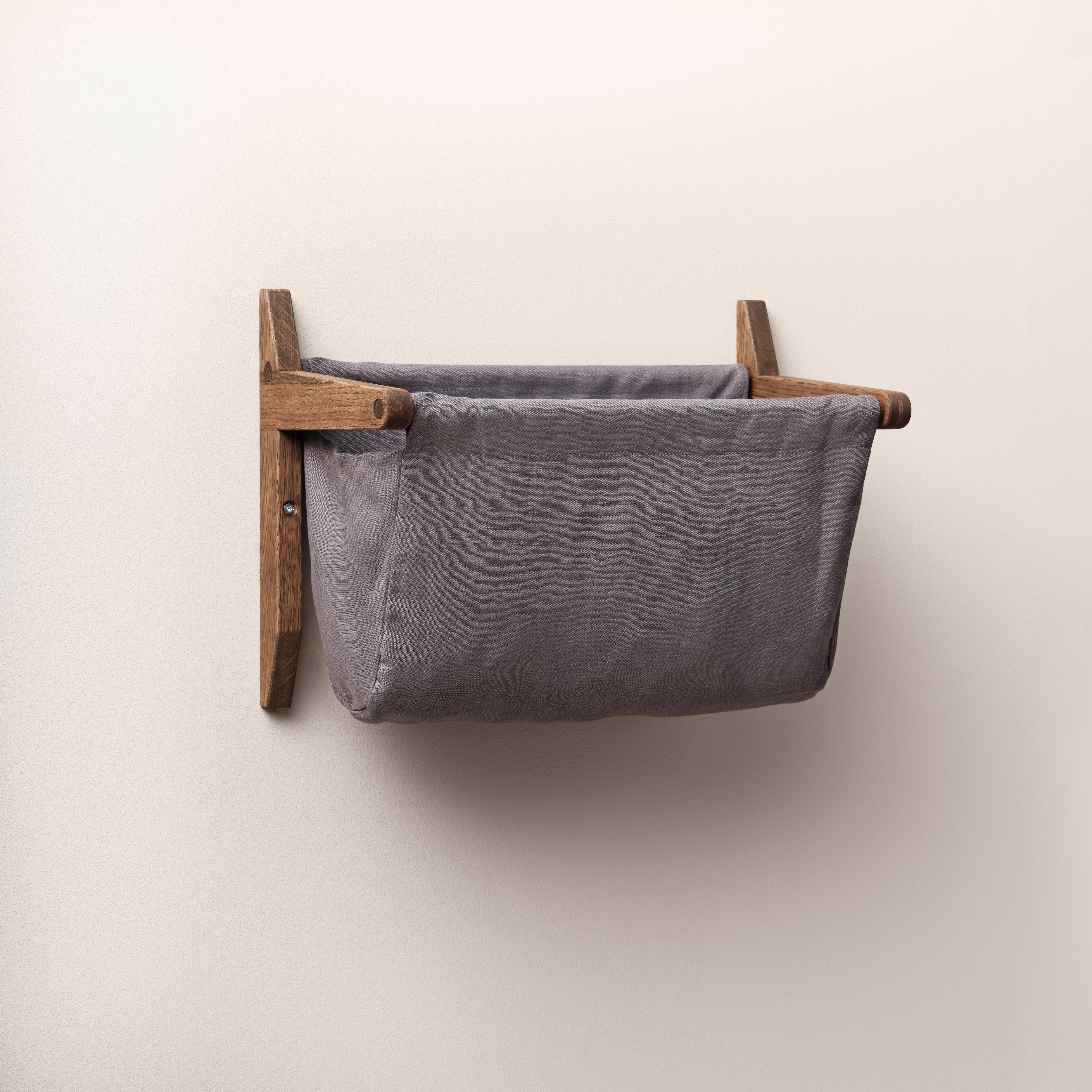
.jpg?extend=copy&width=80&method=fit&height=80&sigma=2.5&minampl=0.5&quality=30&type=auto×tamp=1732541121)
.jpg)

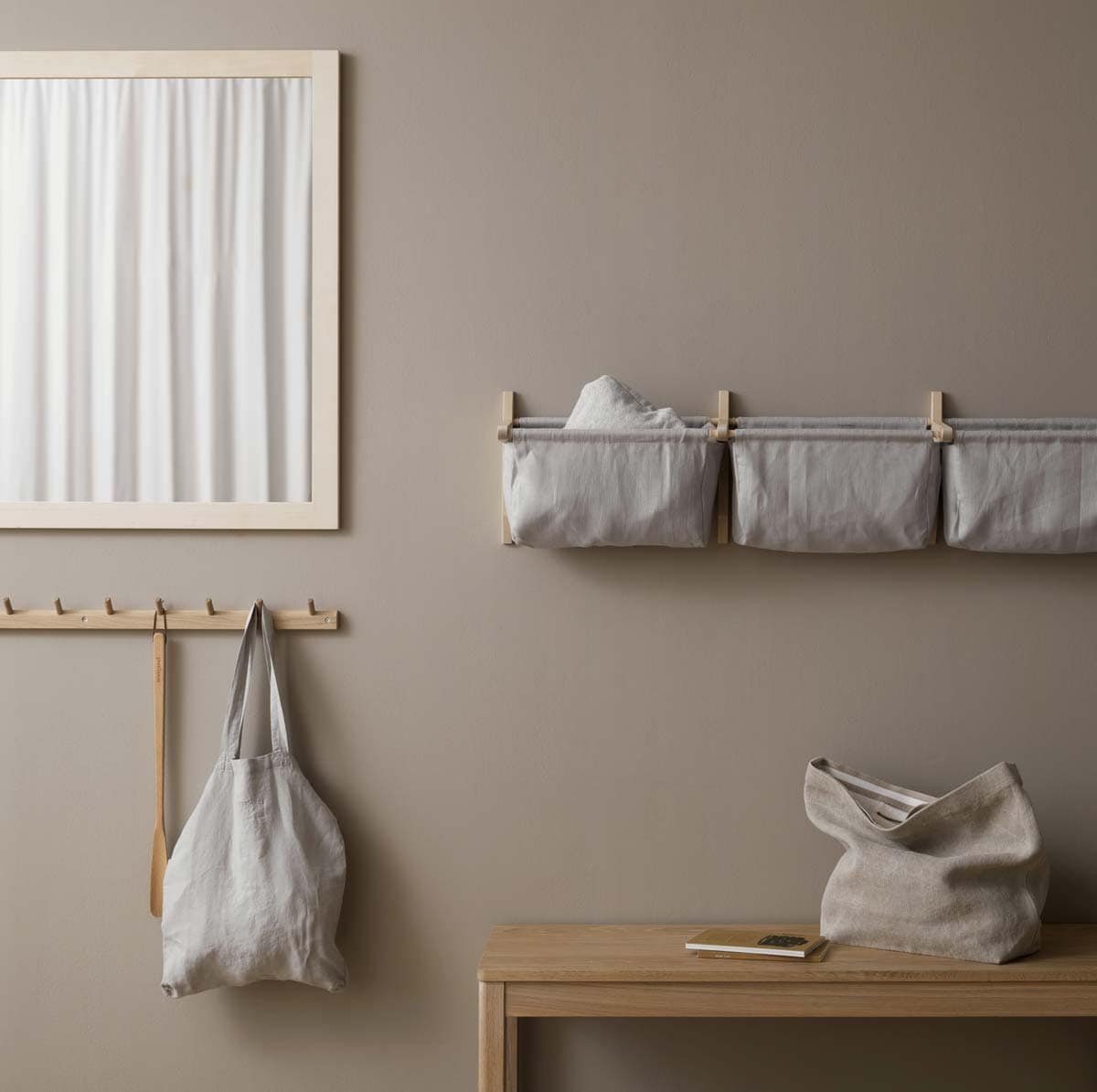

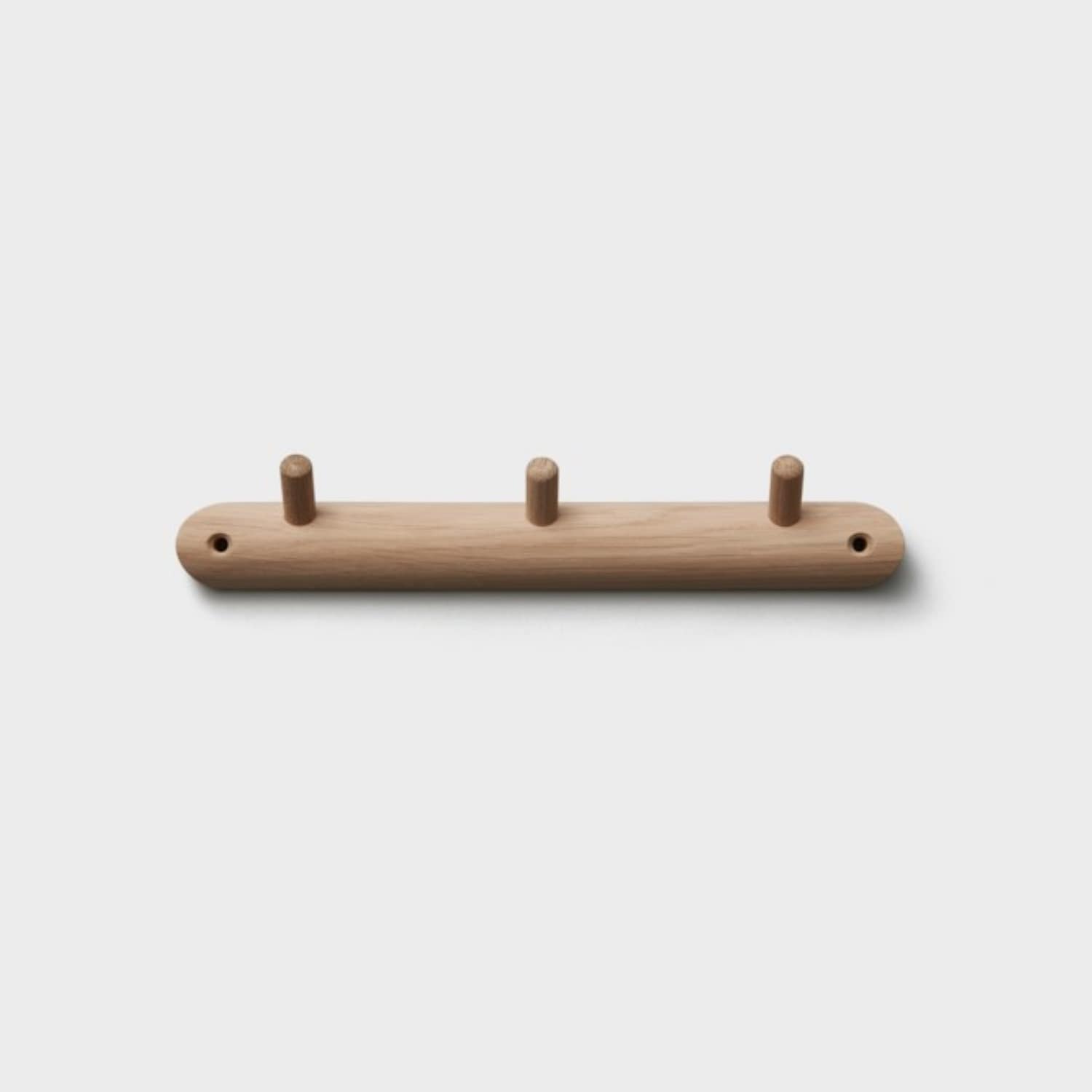

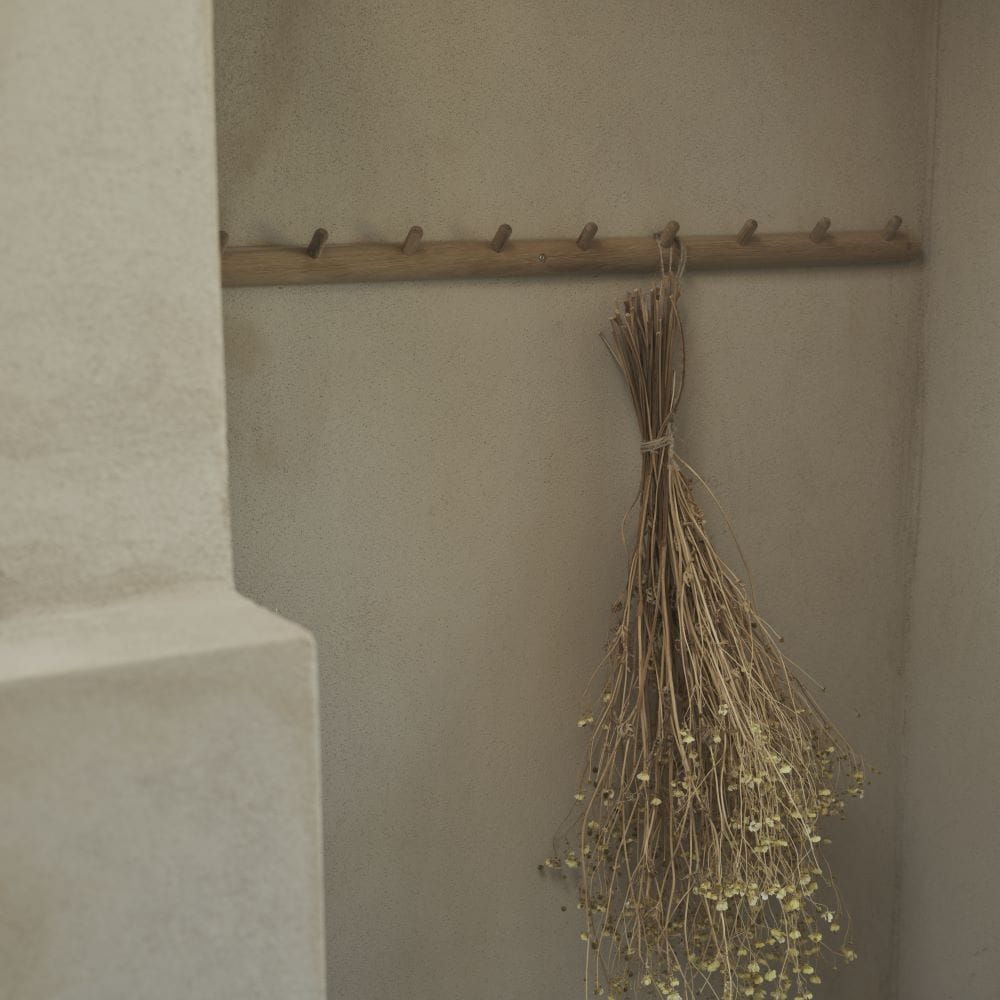







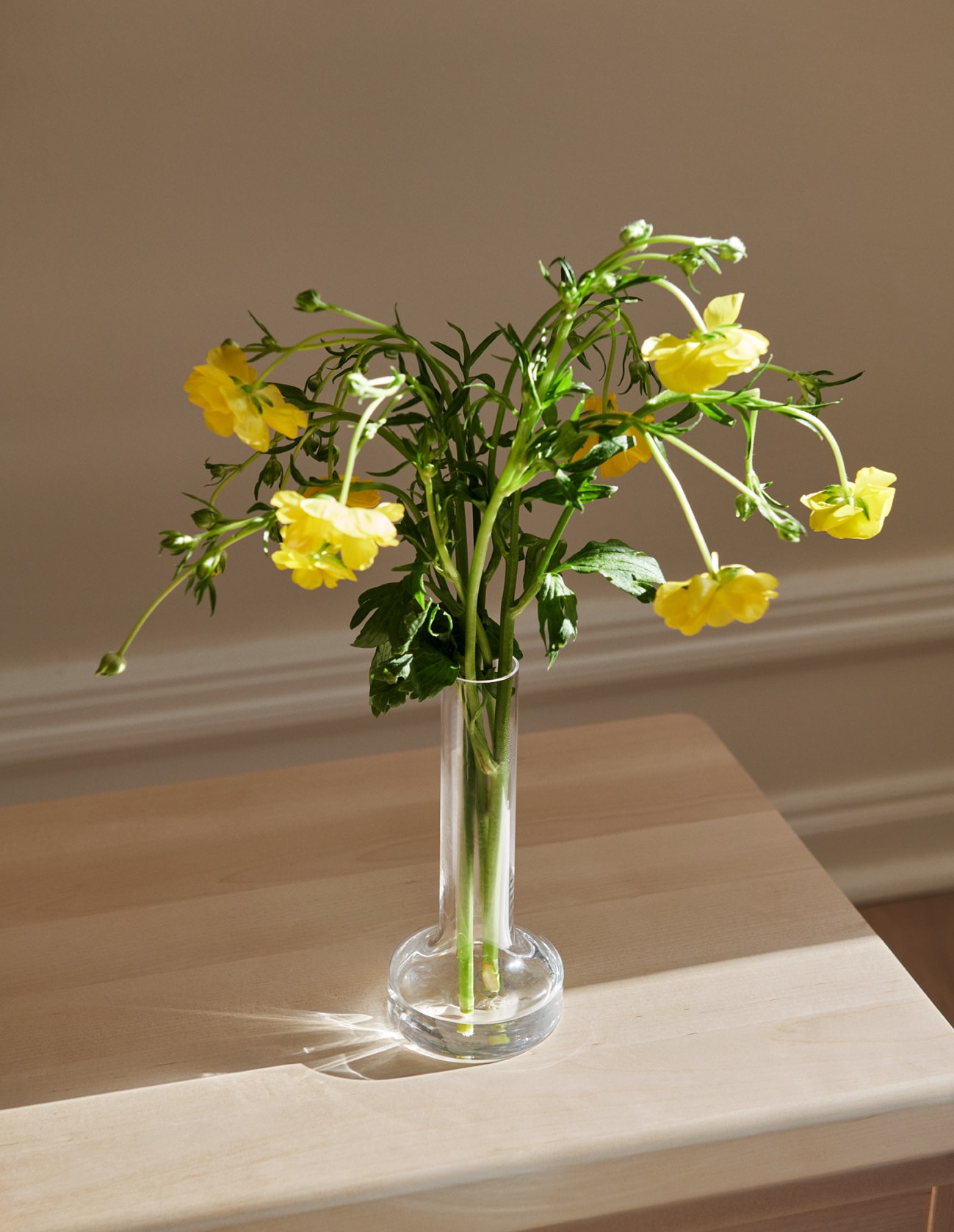

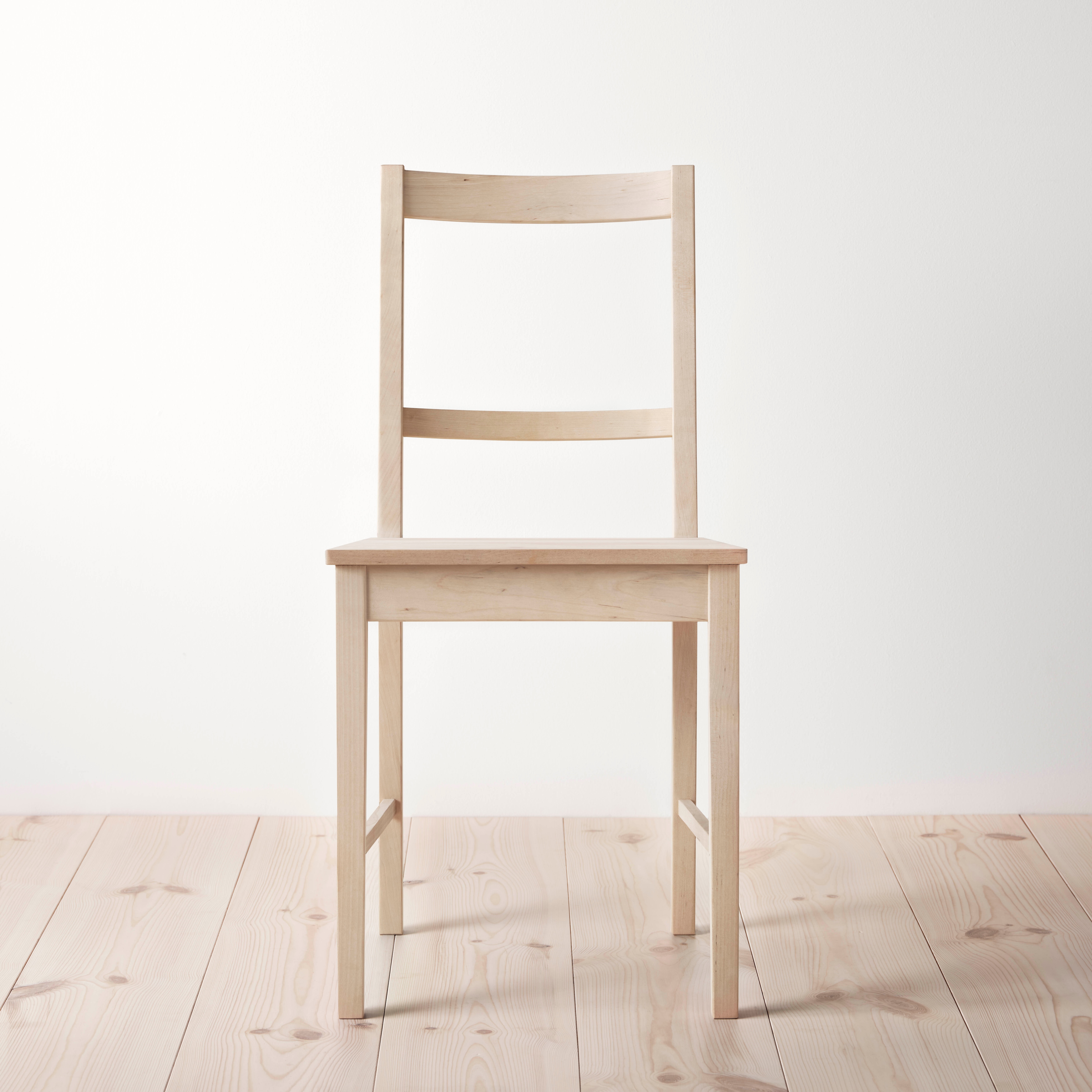

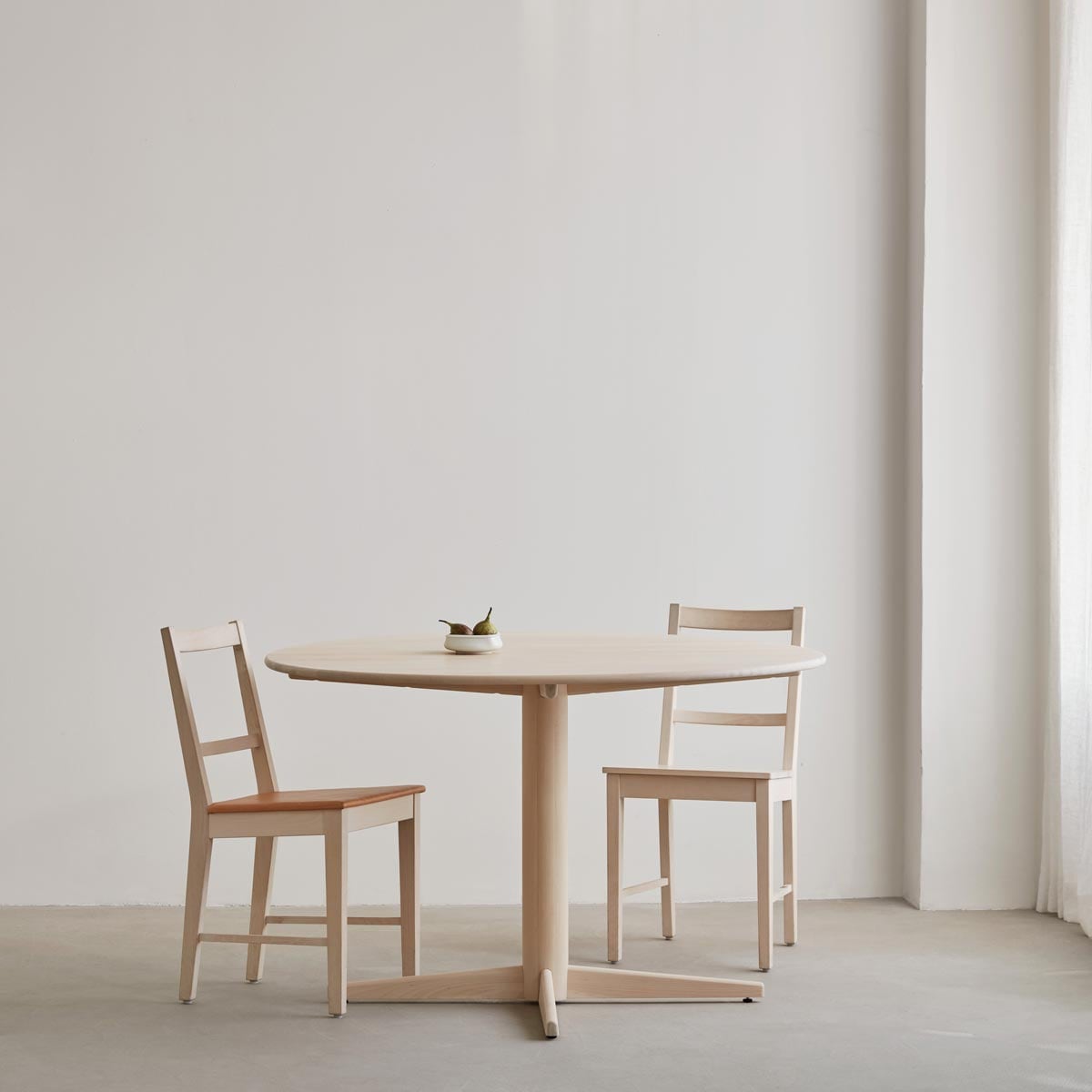







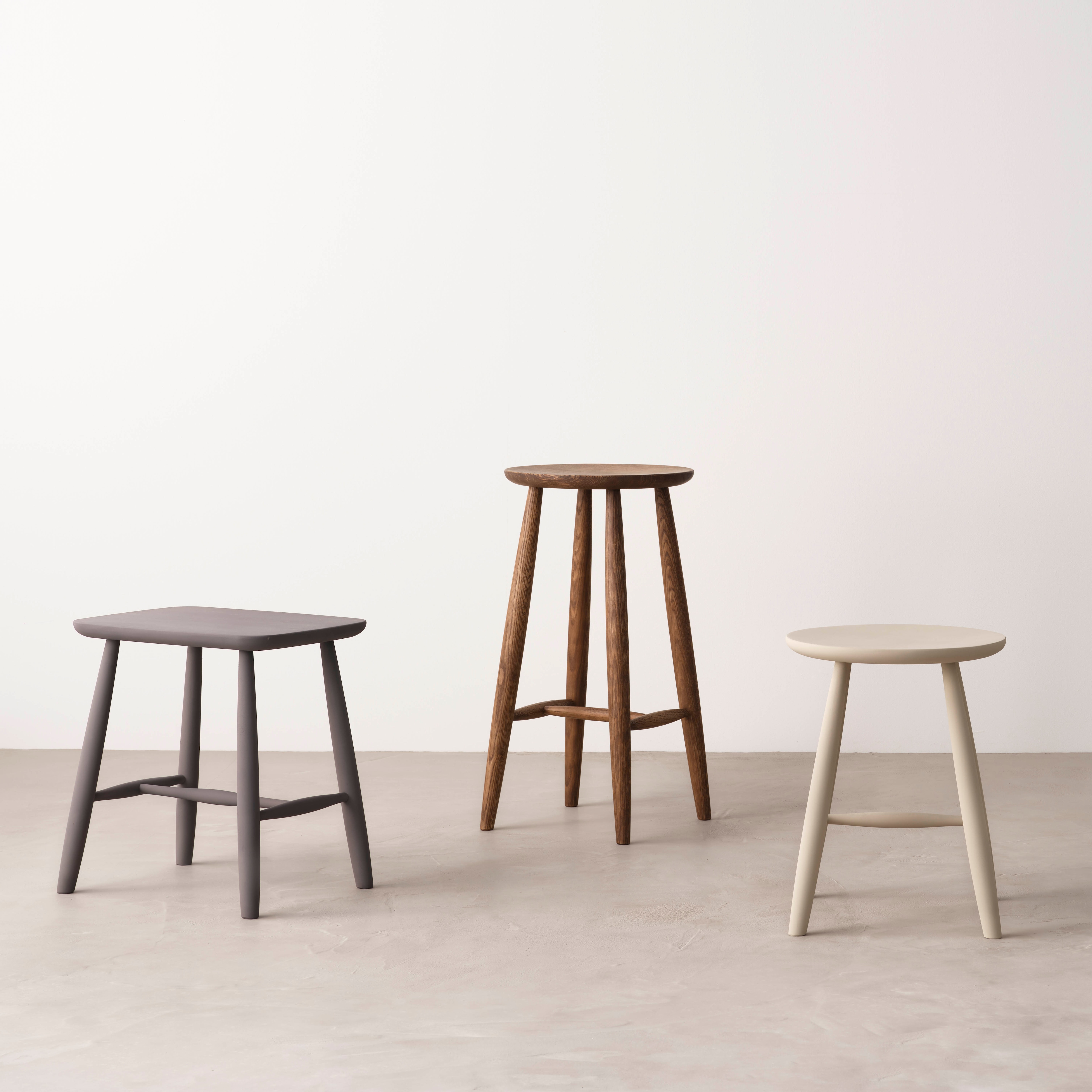

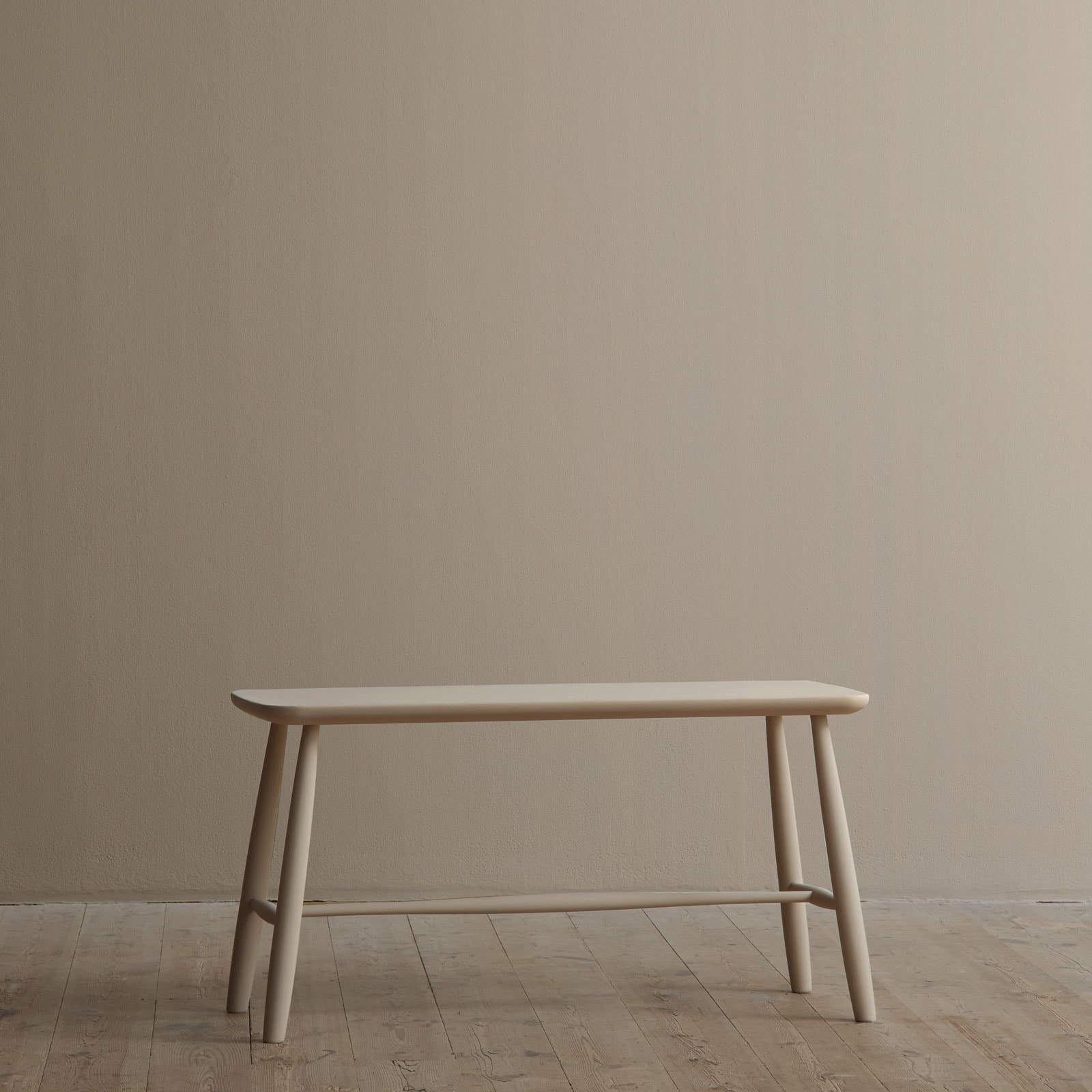

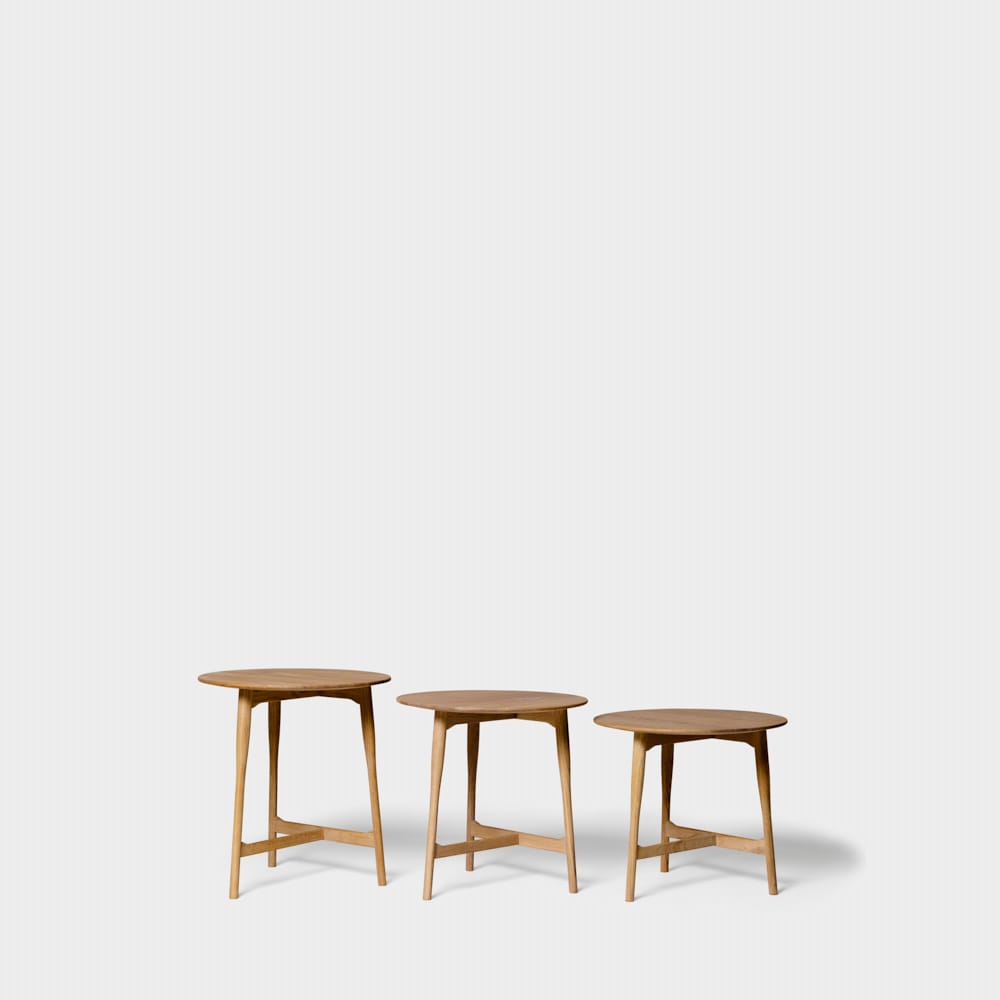

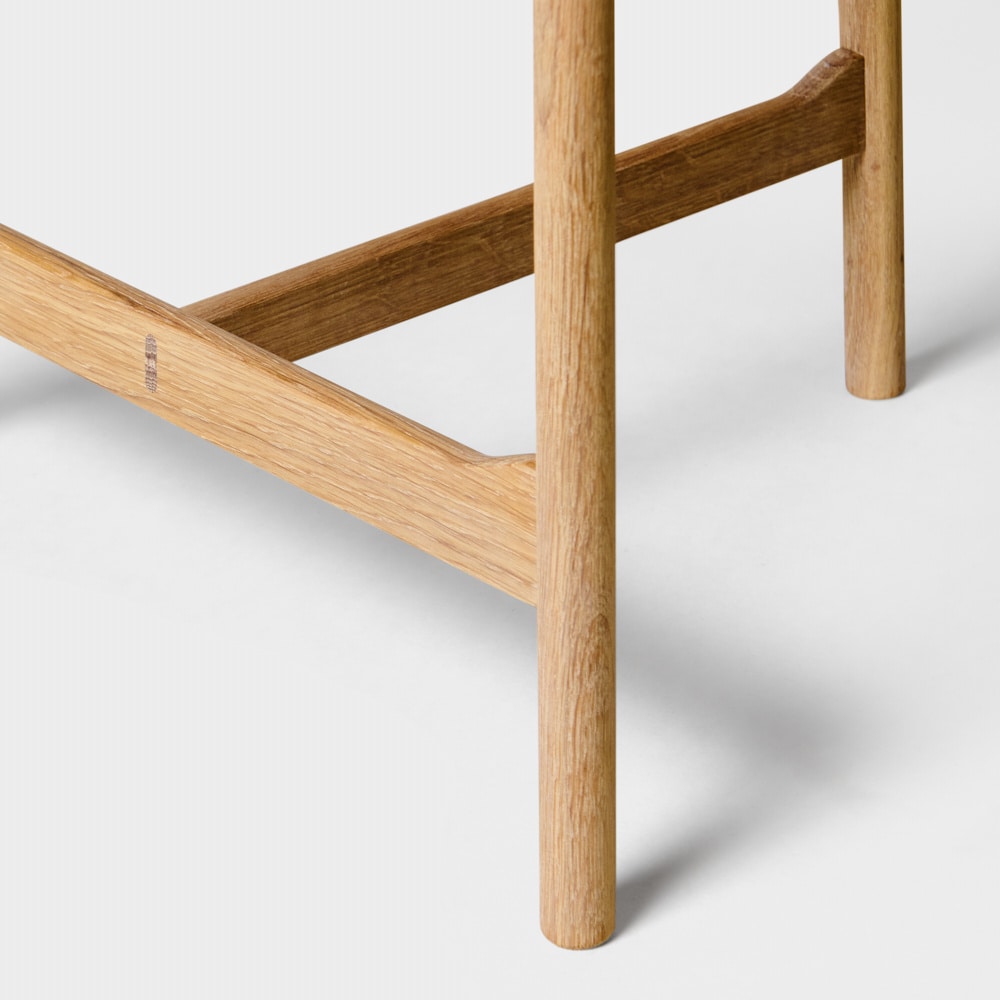



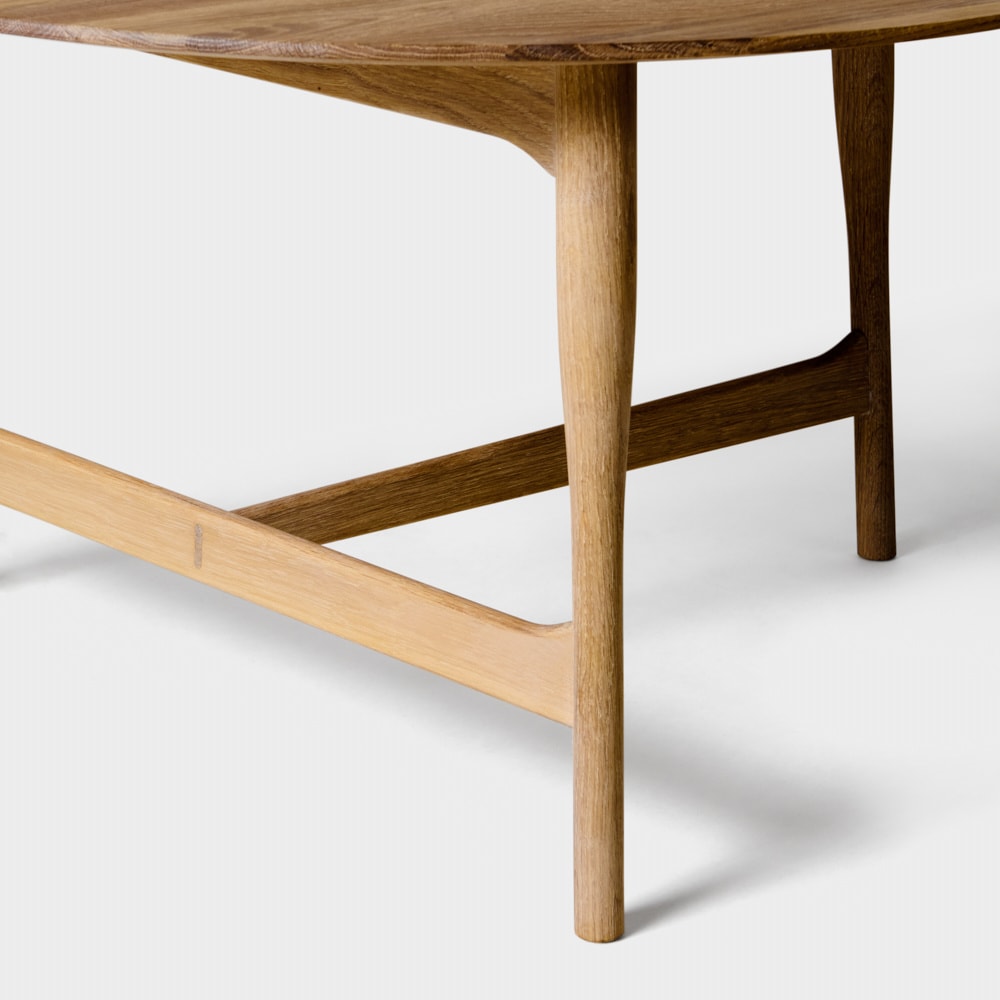
.jpg?extend=copy&width=160&method=fit&height=160&sigma=2.5&minampl=0.5&quality=30&type=auto)
.jpg)